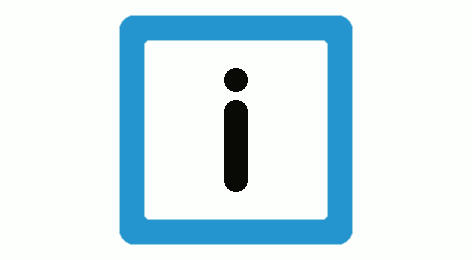Start of job
There are three options to store a job in the job queue of a channel. If the options are used in parallel, they are processed from by the interfaces described below in descending order of priority. If the job queue is full, the client must wait. Implicitly, subordinate clients and their jobs also wait. The figure below shows start variants a) to c):

- Variant a) Commanding via (PLC) PLCopen Part 4 block MC_MovePath. The block can be used for both commanding and commanded channels.
- Variant b) Describe several CNC objects in specified order. The MC_MovePath function described in a) is triggered. Typically, this access is used by an HMI. The interface can be used for commanding and commanded channels. (see CNC objects)
- Variant C) A CNC program running in the commanding channel starts a job in another commanded channel using the #MC_MovePath command. (see Commanding agents)
Notice

Variant c) requires at least one commanding channel and one commanded channel.
Variant a) can only be commanded by the PLC.
Variants a) and b) can basically be used in any CNC channel irrespective of the Job Manager mode.
Notice

Starting an NC program is still possible using the previously known HLI MCM automatic state indicator despite the fact that the Job Manager is in use.
Regardless of whether it is started in the agent or client, only a single program is executed without parameters and without job identification. A program start commanded by the MCM automatic state indicator is not stored in the job queue. It does not recognise any job statuses, only known and documented (channel) statuses.
Attention

When both command types are used, the user is responsible for avoiding deadlocks or collisions with Job Manager jobs.